Standard UK Modular Home Module Sizes
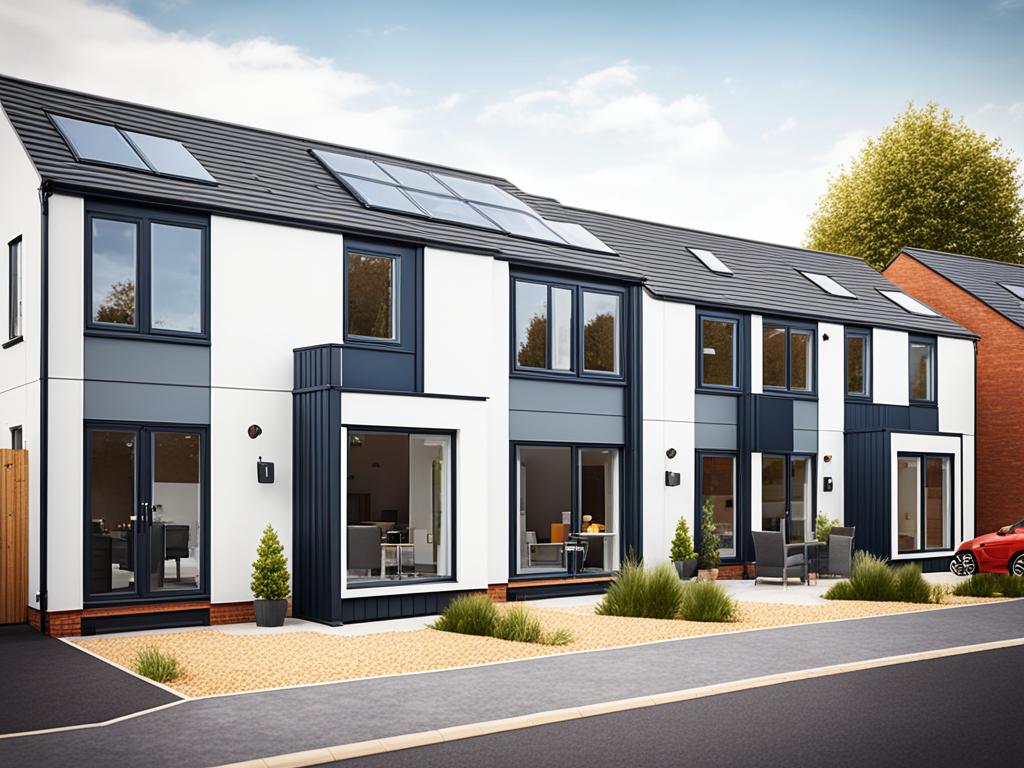
Modular homes are becoming a popular choice for those looking for customizable and sustainable housing solutions in the UK. They are built in sections called modules, which are manufactured in a factory and then transported to the building site.
These modular home modules come in standard sizes that are important to consider when planning and designing a modular home.
Key Takeaways:
- Modular homes are customizable and sustainable housing options in the UK.
- They are built in sections called modules, manufactured in a factory, and transported to the building site.
- Standard sizes of modular home modules are important to consider in the planning and design process.
- Modular homes offer benefits such as cost-effectiveness and energy efficiency.
- Compliance with building regulations and planning permission is necessary when constructing modular homes.
What are Modular Homes?
Modular homes are houses that are built in a factory setting in individual modules. These modules are then transported to the building site, where they are assembled to create a complete home. Unlike mobile homes, modular homes are not designed to be disassembled or moved to a new location. Modular homes offer a higher-quality living space with the convenience of factory construction.
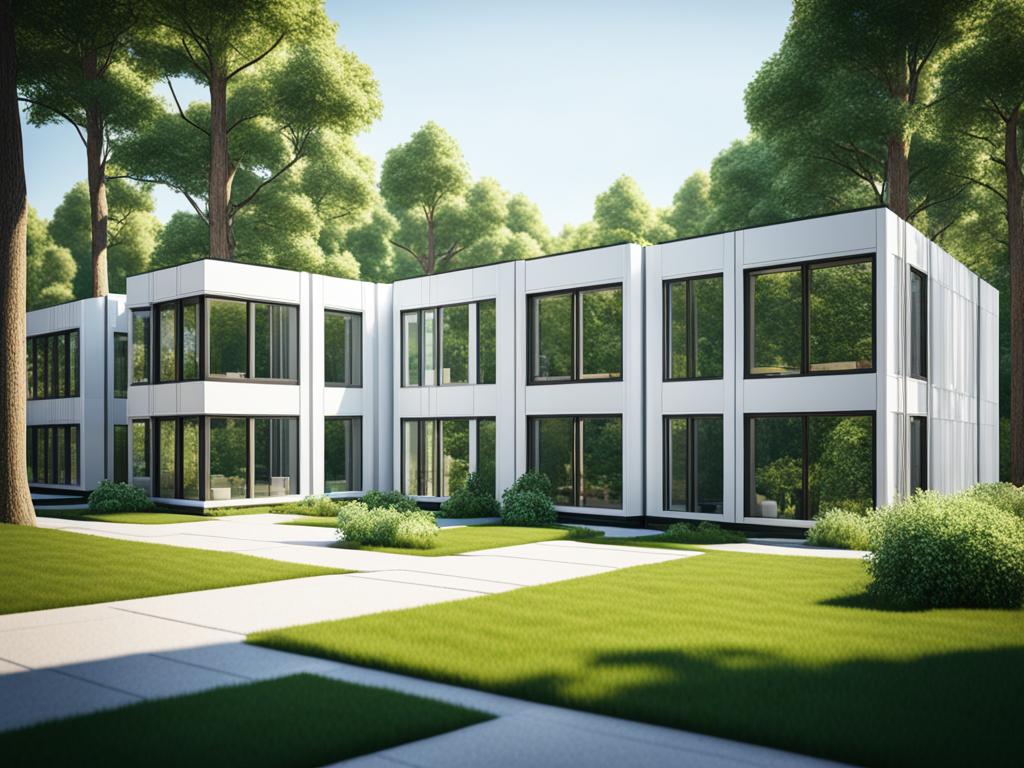
Factory-Built Homes for Quality and Convenience
Modular homes are revolutionizing the housing industry with their efficient construction process. Each module is meticulously built in a controlled factory environment, ensuring precision and high-quality craftsmanship. The use of advanced manufacturing techniques allows for the integration of innovative features and technologies, enhancing the overall functionality and durability of modular homes.
The Advantages of Modular Home Construction
The factory-built nature of modular homes brings numerous advantages. Firstly, the controlled environment eliminates weather-related delays, ensuring faster construction timelines. Additionally, the assembly process takes place on a solid foundation, guaranteeing a sturdy structure. This method also reduces on-site waste and disruption, making modular homes an environmentally friendly choice.
Customization and Design Options
Modular homes offer a wide range of design options to suit individual preferences. From the exterior finishes to the interior layout, homeowners can personalize their modular homes to reflect their unique style and needs. The flexibility of modular construction allows for easy modifications and expansions, accommodating changing lifestyles and growing families.
Moreover, modular homes can seamlessly blend with existing architecture, harmonizing with the surrounding environment. Whether it’s a contemporary urban dwelling or a traditional country home, modular construction offers limitless possibilities.
Benefits of Modular Homes
Modular homes offer numerous benefits that make them a compelling choice over traditional site-built homes in the UK.
- Energy Efficiency: One of the key advantages of modular homes is their energy efficiency. These homes are constructed with tight specifications and optimal insulation, which result in lower heating bills. The energy-efficient design also allows homeowners to incorporate solar panels, further reducing their energy consumption and costs.
- Customization: Modular homes provide homeowners with the opportunity to customize both the interior and exterior design to suit their individual needs and preferences. From choosing the layout and features to selecting the finishes and materials, homeowners can personalize their modular homes to create a space that reflects their unique style and taste.
- Shorter Construction Time: Building a modular home typically takes less time compared to traditional construction methods. Since these homes are constructed off-site in a controlled factory environment, there are fewer delays due to weather conditions and other external factors. This streamlined process allows homeowners to move into their new modular homes sooner.
- Cost-Effective Housing: Modular homes can be a cost-effective housing option. The efficient manufacturing process and economies of scale in the factory setting often result in cost savings. Additionally, the shorter construction time can lead to reduced labor costs. Overall, modular homes offer a more affordable alternative to traditional site-built homes without compromising on quality or design.
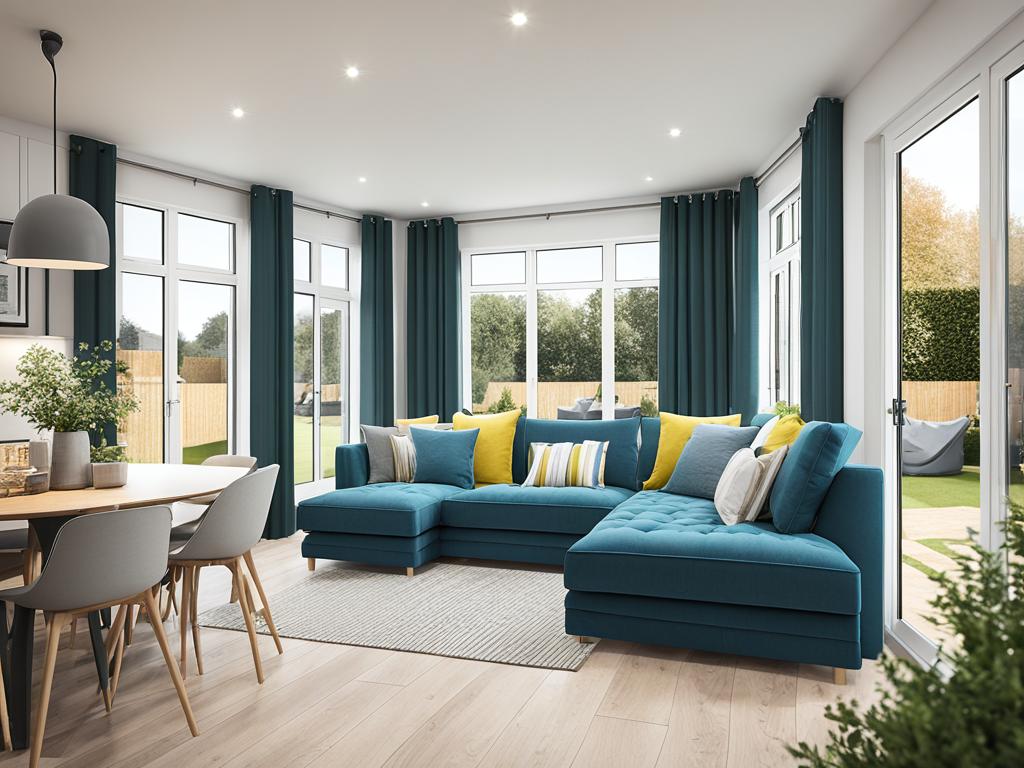
With their energy efficiency, flexibility, shorter construction time, and cost-effectiveness, modular homes are an attractive choice for those seeking sustainable and customizable housing solutions in the UK.
Materials Used for Modular Homes
Modular homes utilize a range of materials for their construction, both for the interior and exterior. These materials are often similar to those used in traditional site-built homes, ensuring quality and durability. Here are some common materials used:
- Wood: Wood is a versatile material that is widely used in modular home construction. It provides structural stability and can be used for framing, flooring, and cladding.
- Brick: Brick offers a classic and timeless aesthetic to modular homes. It is durable, fire-resistant, and provides excellent insulation properties.
- Stone: Stone is another popular material used for modular homes, especially for exterior finishes. It adds a natural and elegant look to the home and provides excellent durability.
- Cladding: Various types of cladding materials, such as vinyl, fiber cement, or metal, can be used to protect the exterior of modular homes. These materials offer durability, weather resistance, and low maintenance requirements.
The choice of materials used in modular home construction can significantly impact the appearance, energy efficiency, and overall durability of the home. When selecting materials, it is important to consider factors such as cost, aesthetic preferences, and the specific location and climate of the site.
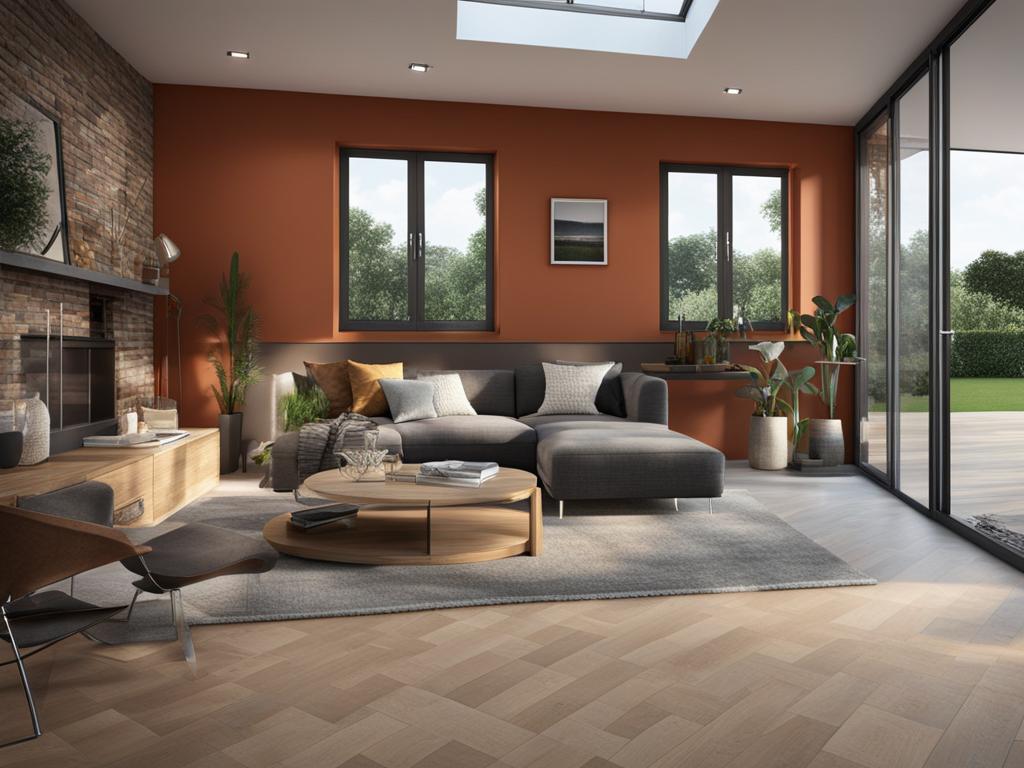
As highlighted, the modular home construction process allows for flexibility in material selection, ensuring that homeowners can customize their homes to suit their preferences while still maintaining the benefits associated with modular construction.
Building and Transportation of Modular Homes
The construction process for modular homes involves building the individual modules in a factory and then transporting them to the building site. This method offers numerous advantages in terms of efficiency and quality control. Each module is constructed in a controlled environment, allowing for precise measurements and quality assurance.
Once the modules are completed, they are carefully transported to the building site. The transportation process takes into account various factors, including travel distances, method of transportation, and load dimensions. Most commonly, the modules are transported on the back of a lorry, ensuring their safe and timely arrival.
Upon reaching the site, the modules are lifted by crane and placed into position according to the construction plan. This assembly process requires careful coordination and skilled labor to ensure the modules are aligned and securely fastened together. Once all the modules are in place, the exterior and interior finishing touches can be applied to create a cohesive and functional modular home.
The building and transportation of modular homes streamline the construction process and reduce construction time compared to traditional site-built homes. It also minimizes disruption to the surrounding environment, as the majority of the construction work is done off-site. This innovative approach to home construction offers homeowners a faster, cost-effective, and sustainable housing solution.
Transporting modular homes from the factory to the building site is an essential step in the construction process. The image above illustrates the careful loading and transportation of modular home modules on the back of a lorry. This method ensures the safe delivery of the modules to the site, ready for assembly.
Maintenance of Modular Homes
Regular maintenance is essential for keeping your modular home in optimal condition. By following a maintenance checklist throughout the year, you can ensure that your modular home remains in excellent shape and continues to provide a comfortable living environment.
Here is a seasonal modular home maintenance checklist:
Winter Maintenance:
- Remove ice buildup from the roof to prevent damage and leaks.
- Check insulation for effective heat retention and make any necessary repairs or additions.
Spring Maintenance:
- Inspect the roof for missing tiles or shingles and replace them as needed.
- Remove any insulation tape that was applied during the winter.
Summer Maintenance:
- Check the air conditioner to ensure it is functioning properly.
- Clean or replace air filters for efficient operation.
Autumn Maintenance:
- Remove debris from the roof, gutters, and downspouts to prevent clogging and water damage.
By performing these maintenance tasks regularly, you can prolong the lifespan of your modular home and prevent any potential issues from developing. It is also advisable to consult the manufacturer’s guidelines for specific maintenance recommendations and schedules.
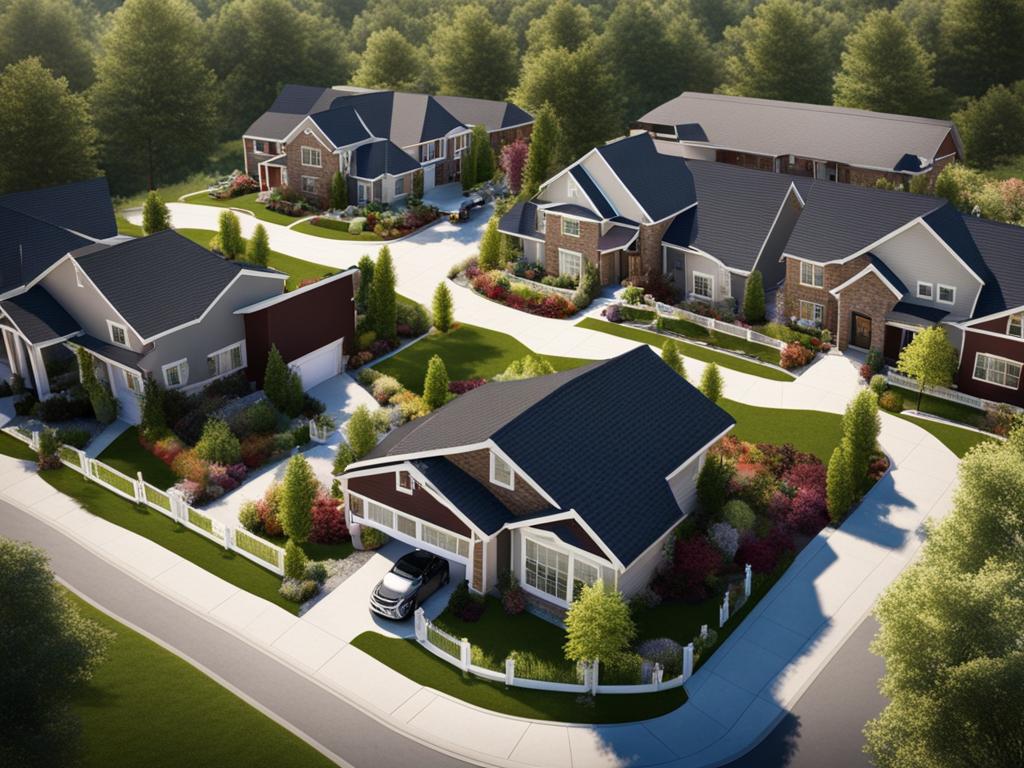
Building Regulations and Planning Permission for Modular Homes
Like traditional site-built homes, modular homes must comply with building regulations and obtain planning permission. Building regulations ensure that the construction of the modular home meets certain safety and quality standards. These regulations cover various aspects such as structural integrity, fire safety, insulation, and ventilation. By adhering to these regulations, modular homes can provide a safe and comfortable living environment.
Planning permission is necessary to ensure that the site is appropriate for the construction of the modular home and that it complies with local zoning and development regulations. Obtaining planning permission involves submitting detailed plans and documentation to the local planning authority for review. This process ensures that the modular home fits within the existing landscape and complies with any relevant restrictions or requirements.
It is important to research and understand the specific building regulations and planning permission requirements in the desired location before starting the construction process. Different regions or local authorities may have their own set of regulations and procedures, so it is crucial to seek the necessary permits and approvals to avoid any legal issues or delays.
Working with a reputable modular home builder who has experience in navigating the building regulations and planning permission process can be beneficial. They can guide you through the necessary steps and ensure that your modular home meets all the legal requirements and specifications.
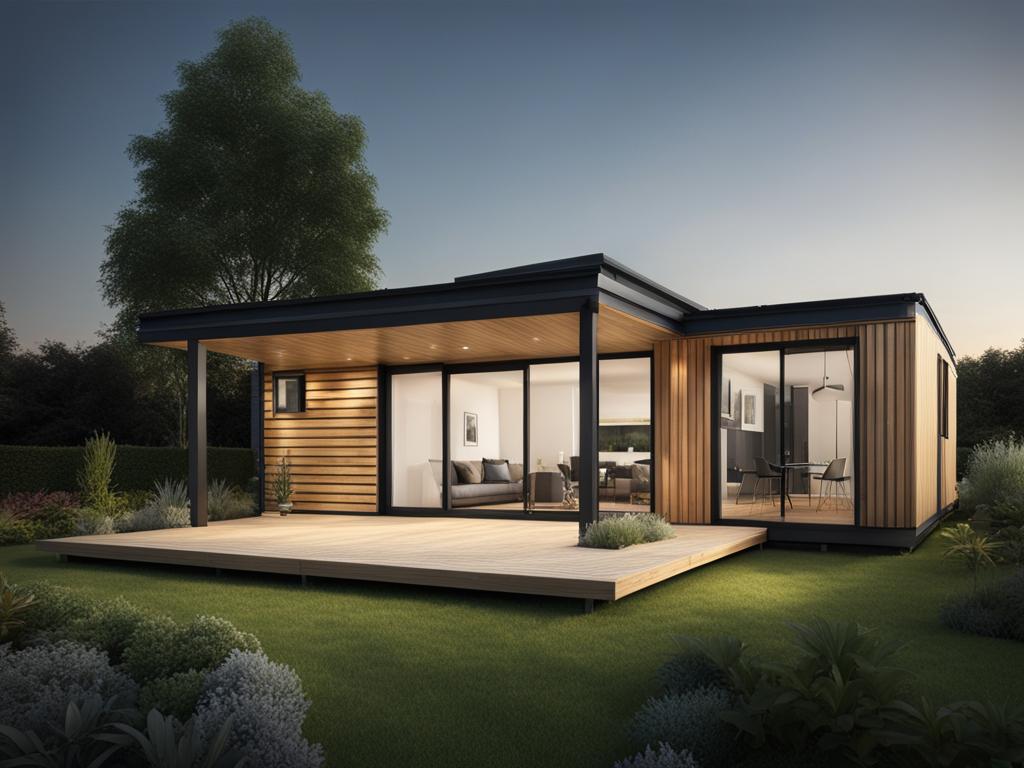
Building Regulations for Modular Homes
- Ensure compliance with structural safety standards for the modular home modules.
- Adhere to fire safety regulations, including the installation of fire-resistant materials and smoke detectors.
- Meet energy efficiency requirements, such as proper insulation and the use of energy-efficient appliances.
- Provide adequate ventilation to maintain good indoor air quality.
Planning Permission for Modular Homes
- Submit detailed plans and documentation to the local planning authority for review.
- Consider any local zoning or development regulations that may impact the placement and design of the modular home.
- Address any concerns raised by the planning authority and make necessary amendments to the plans.
- Obtain the necessary permits and approvals before commencing construction.
Conclusion
Modular homes offer a streamlined and customisable approach to housing in the UK. The standard module sizes used in modular home construction provide the framework for efficient and cost-effective building. These homes provide numerous benefits, including energy efficiency, the ability to customise both the interior and exterior, shorter construction times, and the potential for a good return on investment.
However, it is important to consider factors such as the choice of materials, transportation logistics, regular maintenance, and compliance with building regulations and planning permission. By carefully addressing these factors, homeowners can ensure that their modular homes remain in optimal condition and meet all legal requirements.
Overall, modular homes are becoming an increasingly popular choice for individuals and families in the UK who are seeking sustainable and customisable housing solutions. With their versatility and affordability, modular homes offer a desirable alternative to traditional site-built houses, allowing homeowners to create their dream home while reducing their carbon footprint.
FAQ
What are the standard sizes of modular home modules in the UK?
The standard sizes of modular home modules in the UK vary, but some common dimensions include 4 meters by 3 meters, 6.5 meters by 3 meters, and 7 meters by 3 meters. These sizes provide a framework for efficient and cost-effective building.
How are modular homes constructed?
Modular homes are built in a factory setting in individual modules. These modules are then transported to the building site, where they are assembled to create a complete home. Unlike mobile homes, modular homes are not designed to be disassembled or moved to a new location. They offer a higher-quality living space with the convenience of factory construction.
What are the benefits of modular homes?
Modular homes offer several advantages over traditional site-built homes. Firstly, they are more energy-efficient due to their tight specifications and optimal insulation. This can result in lower heating bills and the option to incorporate solar panels for even greater energy savings. Additionally, modular homes can be customized to suit individual needs and preferences, both in terms of the interior and exterior design. They also have a shorter construction time and can be a cost-effective housing option.
What materials are used for modular home construction?
Modular homes use a variety of materials for their construction. The materials used for the interior and exterior of the homes are often the same as those used in traditional site-built homes. These can include materials such as wood, brick, stone, and various types of cladding. The choice of materials can have an impact on the appearance, energy efficiency, and durability of the modular home.
How are modular homes built and transported?
The construction process for modular homes involves building the individual modules in a factory and then transporting them to the building site. The modules are typically transported on the back of a lorry and are then assembled on-site to create the complete home. The transportation process needs to consider factors such as travel distances, method of transportation, and load dimensions. Once the modules reach the site, they are lifted by crane and placed into position.
How should modular homes be maintained?
Modular homes require regular maintenance to ensure they remain in optimal condition. During the winter months, it is important to remove ice buildup from the roof and check insulation for effective heat retention. In the spring, it is recommended to inspect the roof for missing tiles and remove any insulation tape that was applied during the winter. During the summer, checking the air conditioner and cleaning the filters is necessary. In the autumn, removing debris from the roof helps prevent any buildup.
What building regulations and planning permission are required for modular homes?
Like traditional site-built homes, modular homes must comply with building regulations and obtain planning permission. Building regulations ensure that the construction of the modular home meets certain safety and quality standards. Planning permission is necessary to ensure that the site is appropriate for the construction of the modular home and that it complies with local zoning and development regulations. It is important to research and understand the specific building regulations and planning permission requirements in the desired location before starting the construction process.
What are some key points to consider about modular homes in the UK?
Modular homes offer a streamlined and customizable approach to housing in the UK. The standard module sizes used in modular home construction provide the framework for efficient and cost-effective building. These homes offer benefits such as energy efficiency, customization options, shorter construction times, and the potential for a good return on investment. However, it is important to consider factors such as materials, transportation, maintenance, and compliance with building regulations and planning permission. Overall, modular homes are an increasingly popular choice for those seeking sustainable and customizable housing solutions in the UK.

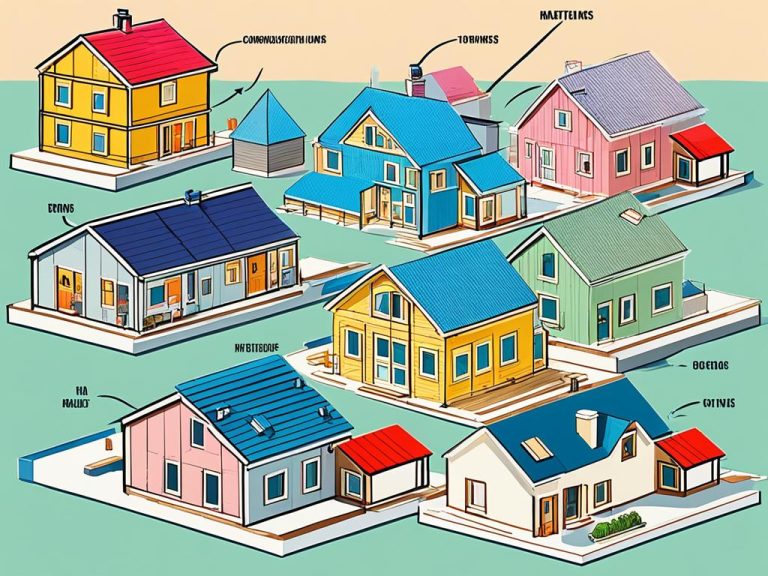
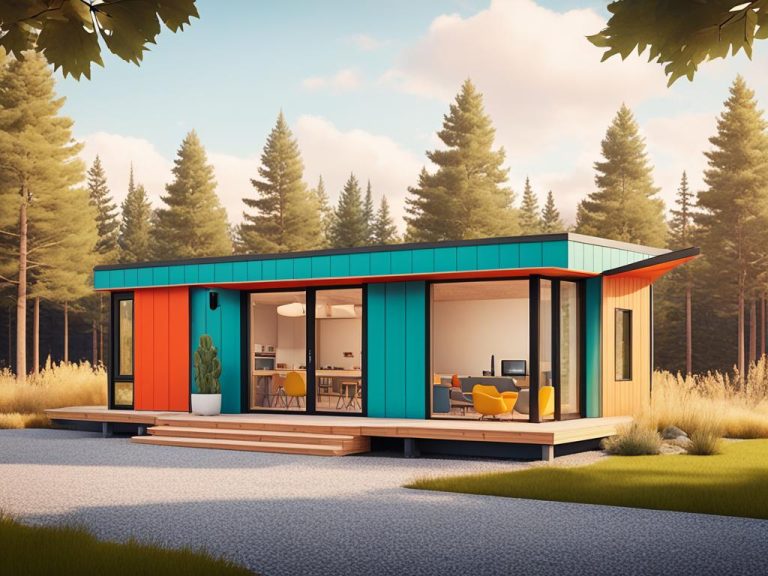

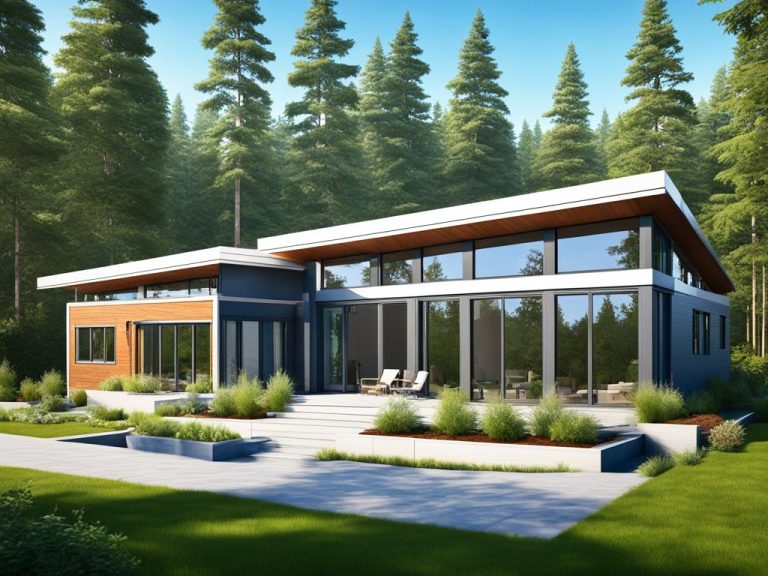
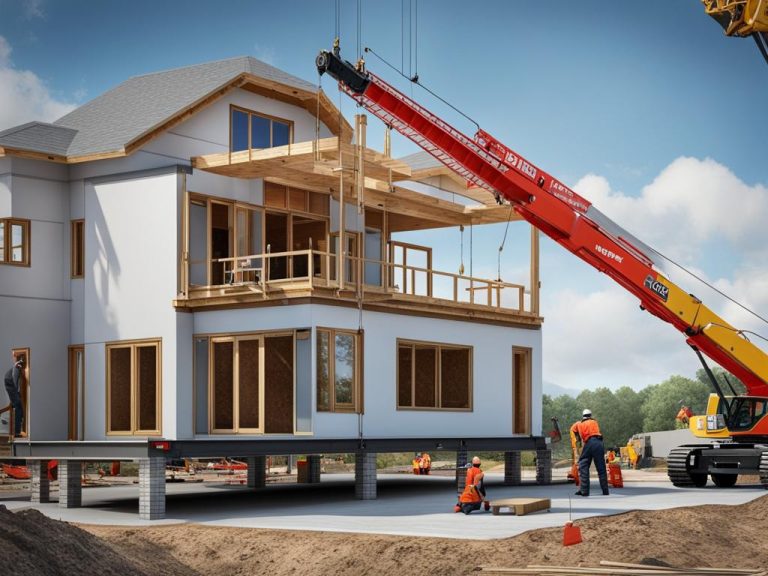
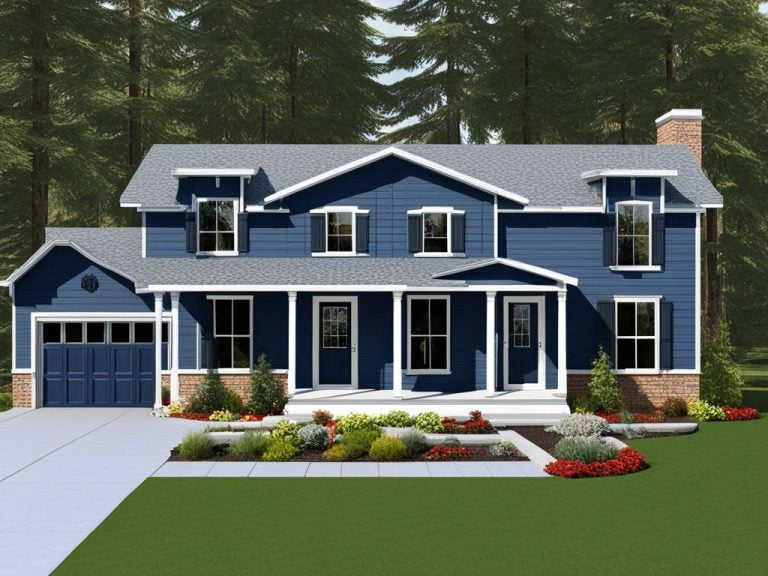
Hello there, I discovered your blog via Google even as searching for a similar subject, your site came up, it seems great. I’ve bookmarked it in my google bookmarks.
My wife and i were now happy John managed to deal with his basic research with the precious recommendations he was given through your web pages. It is now and again perplexing to just happen to be offering techniques that many people today could have been selling. And we also recognize we’ve got you to be grateful to for this. All of the explanations you’ve made, the easy blog navigation, the relationships your site help to create – it’s most spectacular, and it’s helping our son and the family know that the topic is fun, and that’s truly indispensable. Thanks for all the pieces!
Can you be more specific about the content of your article? After reading it, I still have some doubts. Hope you can help me.